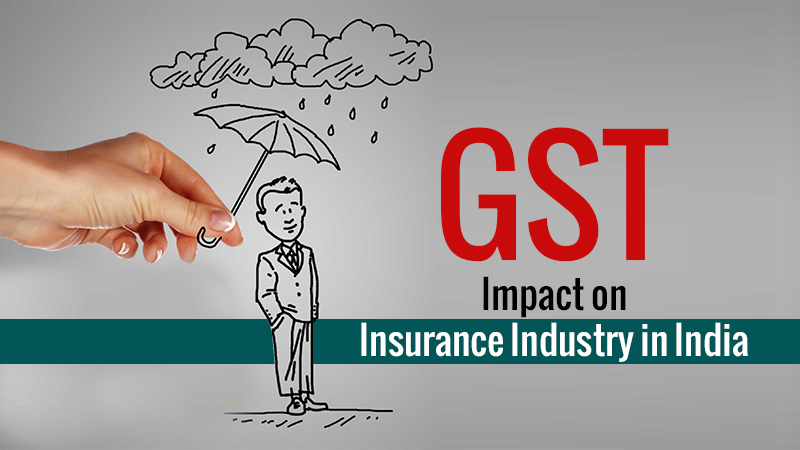Adjoined to every insurance policy, there are additional costs (like mortality cost) one needs to pay while availing of the insurance. Apart from the additional insurance cost, comes the Goods and Services Tax (GST), which is to be paid by the buyer. However, this piece of information is not primarily revealed in advertisements. Such costs are additionally beared by the purchaser of the insurance policy, other than the actual cost impact of GST on the insurance sector.
56th GST Council Meeting
- The Council has exempted the insurance sector from the 18% GST rate. This will take effect from September 22, 2025.
| Services | New GST Rate From 22nd September |
|---|---|
| “All individual health insurance, along with reinsurance thereof” | Exemption |
| “All individual life insurance, along with reinsurance thereof” | Exemption |
| “Supply of the Service of third-party insurance of “goods carriage” | 5% GST with ITC |
Relief to the LIC Holders Under GST
The government, for furnishing the relief to the LIC holders, said that LIC maturity amounts are exempt from GST. This decision has the objective of helping policyholders because of the current stressful environment
Benefits of GST Exemption on Insurance Premiums
Advantages furnished via GST reforms on insurance premiums are specified below:
- Low costs allow the insurers to sell the polices in underpenetrated areas, which permits people to get insurance coverage.
- Families can afford quality insurance coverage under this GST exemption.
- More people with the support of lower premiums can get insurance for those who earlier considered it costly.
- The cheaper cost may draw a non-insured person to purchase their first policy for protection.
- Cost-effective premiums enable higher coverage plans that deliver robust protection.
How the Exemption Affects Insurance Premiums
Let us put the same in perspective with numbers.
- Before: A ₹10,000 annual premium implied paying ₹11,800 after GST on the individual term insurance policy.
- After: That same policy now costs a flat ₹10,000.
That’s an instantaneous saving of ₹1,800 every year. If for 20 years you hold the policy, you save ₹36,000 money which can stay invested elsewhere.
With large premiums, the savings shall become more effective. Often, paying Rs 50,000 annually used to shell out Rs 59000 with GST. The outflow after September 2025 drops back to Rs 50000. The cumulative savings are huge over the decade.
Read Also: GST Impact on the Healthcare Industry in India
GST Rates on Different Insurance Policies (Post 56th GST Council)
1. Term Policies
- GST: 0%
- Example: No GST is levied for an annual premium of ₹5,000. Earlier, ₹900 GST was applicable.
2. Unit-Linked Insurance Plans (ULIPs)
- GST: 0%
- Example: The amount is payable with no GST for an annual premium of ₹10,000. Both insurance and investment portions are exempt.
3. Traditional Policies (Insurance + Investment Mix)
- GST: 0%
- Example: Rs 10,000 is to be paid for an annual premium of ₹10,000; no GST is to be charged.
4. Health Insurance Policies
- GST: 0%
- Example: For an annual premium of ₹15,000, ₹15,000 is to be paid. Before that, it was ₹17,700 including 18% GST.
5. Pension / Annuity Plans
- GST: 0%
- Example: A lump sum contribution of ₹10 lakh now needs a Rs 10 lakh payment, which earlier was Rs 11.8 lakh, including GST.
